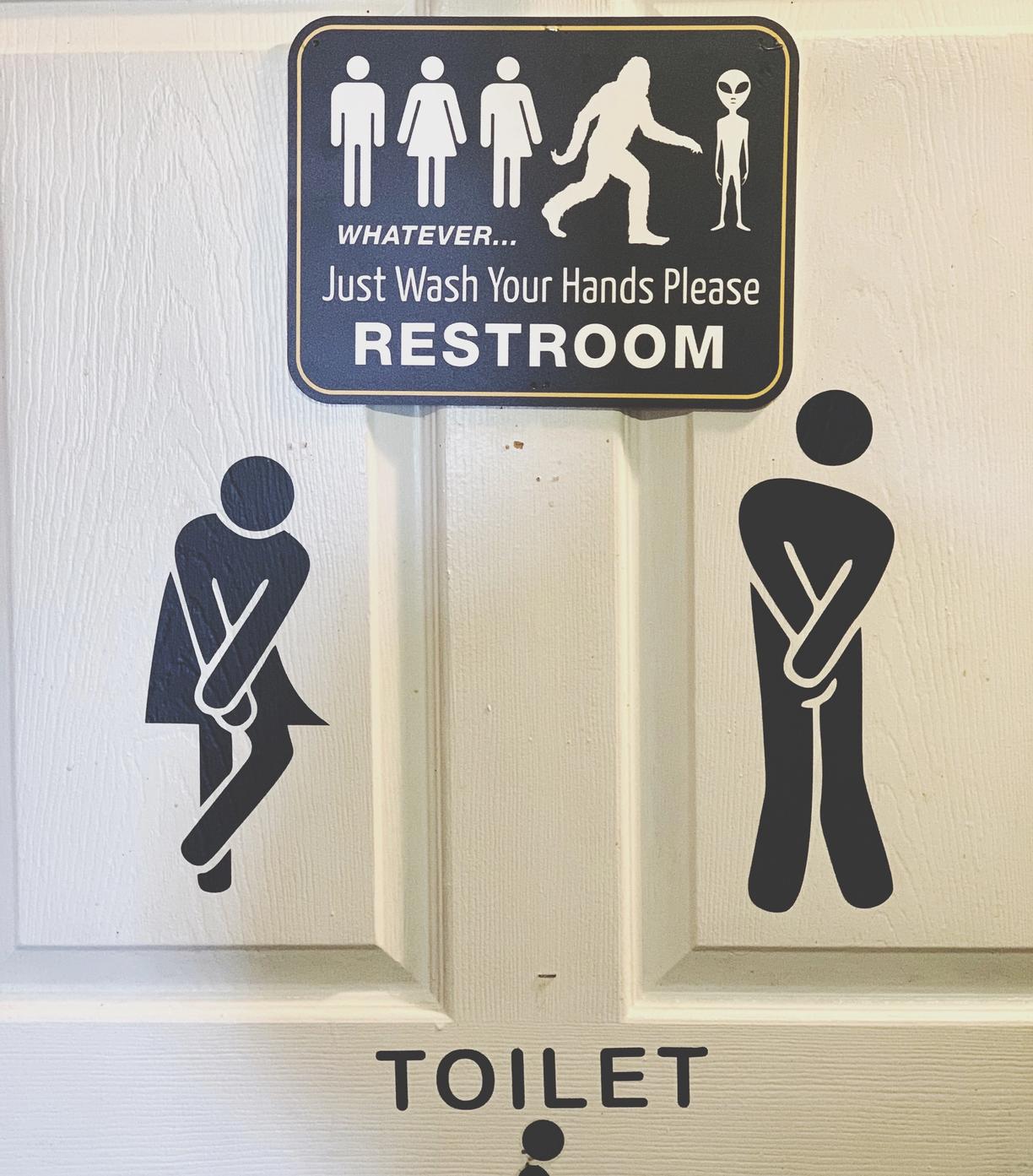Teknologi / 5 minutter /
Third-gender proof your it-systems
Imagine this scenario: A person walks into a health facility, and is asked to fill out a form with medical information. The form is then handed back to the receptionist, who starts to fill the information into the it-system. When the receptionist gets to field for gender, the two standard options, man, woman, are crossed out, and the patient has written «3. gender» instead. Problem is, the field for gender is compulsory in the it-system, and it only accepts ‘man’ or ‘woman’, and not both.

If you walk around in OA new y2k-problem?slo these days you will see posters campaigning for the recognition of the third gender. The organisations behind the campaign want it to be possible to officially be something else than a man or a woman. Germany already has a law allowing this, and other countries, including Norway, could pass similar laws in the future.
A new y2k-problem?
A curios side effect of recognizing the third gender is that it could have implications for it-systems not unlike those of the so-called y2k-problem. As many will remember, a lot of work was put down in the nineties to make all it-systems able to handle the year 2000. The problem was that many of them only stored the last 2 digits in the year, so that the systems could not separate the years like 1900 and 2000, 1915 and 2015, and so on.
The solution was to change the systems so that they stored all 4 digits in they year. That might sound easy, but for big systems it took a considerable amount of work to analyse, implement, and test.
The 3. gender challenge
Now to the technical challenge with the third gender. Many systems store gender as a binary value. That is, a field that can only have two different values, like 'man' or 'woman' in the case of genders. These systems will not be able to support the third gender unless they are analysed, changed and tested.
For large systems, like those used by health facilities, insurance companies, not to mention the public sector, this could actually become a sizeable job.
My advice
Now imagine you are the one about to buy a system that uses information about gender, like the patient system in my initial scenario. You should ask the vendor if the system supports the third gender. If it does not, and a legislative body near you decides to change the law, it could cost you a lot of money.
And if you are an it-system vendor: Don't delay, third-gender proof your systems today.
